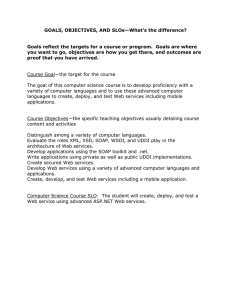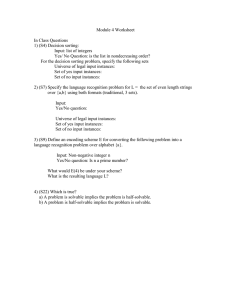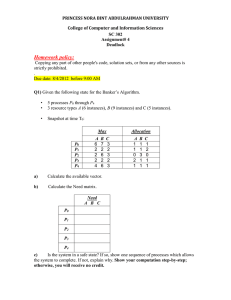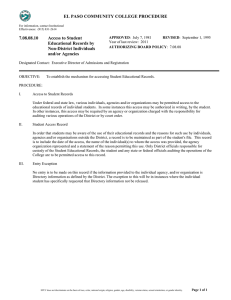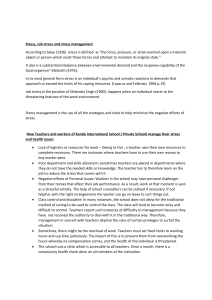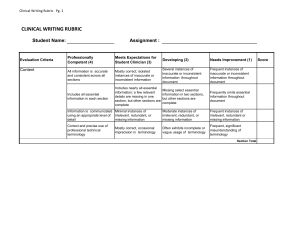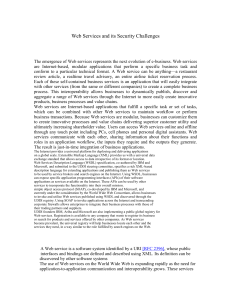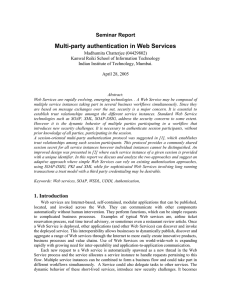Document 16120592
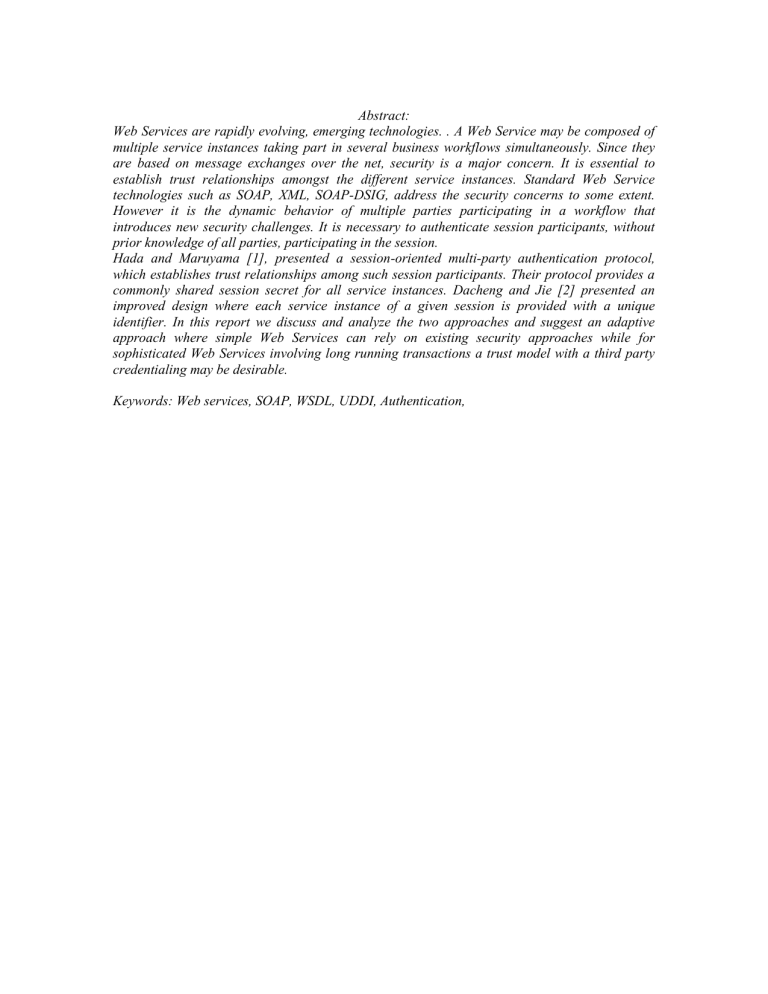
Abstract:
Web Services are rapidly evolving, emerging technologies. . A Web Service may be composed of multiple service instances taking part in several business workflows simultaneously. Since they are based on message exchanges over the net, security is a major concern. It is essential to establish trust relationships amongst the different service instances. Standard Web Service technologies such as SOAP, XML, SOAP-DSIG, address the security concerns to some extent.
However it is the dynamic behavior of multiple parties participating in a workflow that introduces new security challenges. It is necessary to authenticate session participants, without prior knowledge of all parties, participating in the session.
Hada and Maruyama [1], presented a session-oriented multi-party authentication protocol, which establishes trust relationships among such session participants. Their protocol provides a commonly shared session secret for all service instances. Dacheng and Jie [2] presented an improved design where each service instance of a given session is provided with a unique identifier. In this report we discuss and analyze the two approaches and suggest an adaptive approach where simple Web Services can rely on existing security approaches while for sophisticated Web Services involving long running transactions a trust model with a third party credentialing may be desirable.
Keywords: Web services, SOAP, WSDL, UDDI, Authentication,
